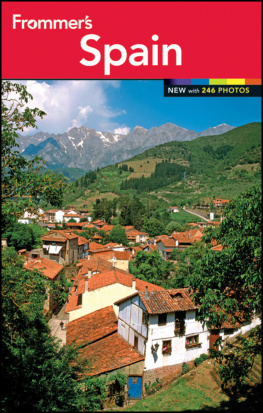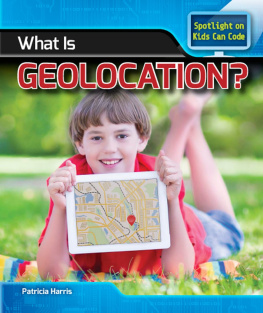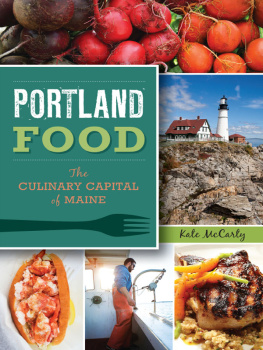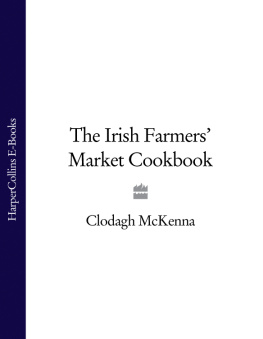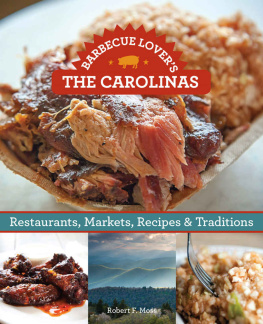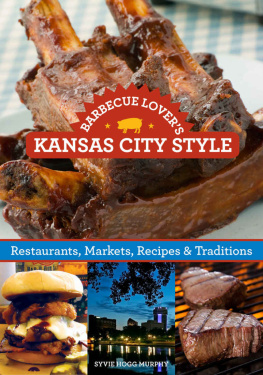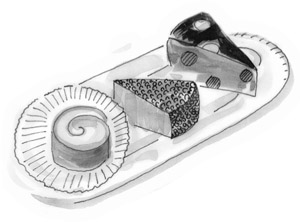This book is dedicated to hungry travelers everywhere.
To buy books in quantity for corporate use or incentives, call (800) 962-0973 or e-mail premiums@GlobePequot.com.
ALL RIGHTS RESERVED. No part of this book may be reproduced or transmitted in any form by any means, electronic or mechanical, including photocopying and recording, or by any information storage and retrieval system, except as may be expressly permitted in writing from the publisher. Requests for permission should be addressed to Globe Pequot Press, Attn: Rights and Permissions Department, PO Box 480, Guilford, CT 06437.
Illustrations by Jill Butler with additional art by Carleen Moira Powell and MaryAnn Dub
All the information in this guidebook is subject to change. We recommend that you call ahead to obtain current information before traveling.
Patricia Harris and David Lyon are coauthors of Globe Pequot Presss The Meaning of Food, Food Lovers Guide to Boston, Food Lovers Guide to Montreal, Food Lovers Guide to Vermont & New Hampshire, and Food Lovers Guide to Rhode Island. They have written about Vermont cheese, Belgian beer, Tahitian poisson cru, Rhode Island hot dogs, Neapolitan pizza, Maine lobster, Louisiana bayou craw-fish, and Spanish elvers for such publications as the Boston Globe, The Robb Report, Westways, and Cooking Light. They chronicle their travel adventures and culinary explorations on Hungry Travelers.com.
Acknowledgments
We would like to thank everyone in the food business in Massachusetts whose tireless work year after year has made Massachusetts such a great place to eat. We are especially grateful to the cooks and chefs who shared their recipes for this volume. We offer a memorial salute to the late Laura Strom for conceiving the Food Lovers series, and thank Amy Lyons for letting us take such an active role in the much-expanded series that she envisioned and made happen. We also want to thank project editor Lynn Zelem for shepherding this edition of Food Lovers Guide to Massachusetts to publication.
Introduction: MassachusettsThe Line-Caught, Field-Grown, Craft-Brewed Revolution Continues
When we researched the first edition of this book more than a decade ago, we were surprised by the depth and intensity of the flavors in our own state. If anything, its riches have grown. This third edition of Food Lovers Guide to Massachusetts celebrates how far we have comeand how well we can eat.
Some things, of course, never change. The land and the sea endure. The drumbeat of local, local, local has created new markets for farmers and fishermen. Many restaurants used to get all their foodstuffs off a single truck, but these days a growing number of chefs cultivate relationships with farmers and foragers who deliver the freshest product to the restaurants back door. As a result, Massachusetts menus have a striking seasonalityfrom the green pea risotto of spring to the braised parsnips and pork belly of winter. This edition features greatly expanded coverage of restaurants. Whether the chef is offering Portuguese seafood stew, Italian insalata caprese, or roasted prime rib, the ingredients likely came from a boat or farm not far away.
The proliferation of farmers markets has made it easier for home cooks to partake of the bounty of local fruits and vegetables, honey, farmstead cheeses, locally raised meats, and even great breads.
In the height of the harvest season, farmers are setting up dinner tables in the fields to dramatically shorten the distance from farm to fork. But all is not lost when the temperature drops. Winter farmers markets are springing up, belying the notion that there is no local food when there is snow on the ground in Massachusetts.
Another trend we love is the flowering of the food truck movement. A far cry from the lunch wagons of yesteryear, todays food trucks put restaurant creativity on wheels. Look for them in city plazas and wherever people gather at summer outdoor events.
That ingenuity and inventiveness plays out all across the foodscape. Charcuterie is no longer the province of a few French chefs. Artisanal sausages, mousses, and terrines and smoked and salted meats can be found in country stores, delis, and smokehouses. Farmstead cheeses are popping up all over the state wherever farmers tend a small herd of Jersey cattle or Saanen goats. The styles range from fresh chvre to aged Alpine cheeses to pungent blues.
The Bay States fledgling wine industry continues to grow as more small vintners have learned to cultivate European wine grapes and make quality wines in our challenging climate. At no time since Prohibition have so many small distilleries plied their trade in Massachusetts. Several of them make clear spirits (vodka and gin), a few produce American whiskies, and several make that most New England of hard drinks, rum.
But the real revolution is among the makers of craft ales. Some producers are so small that they qualify as nanobreweries. Others have been so successful that they have moved into the ranks of microbreweries. Its not enough to make a pale ale, an IPA, and a porter anymore. Every brewer has a signature saison.
All this ferment makes Massachusetts food truly exciting. We have written this book for hungry travelers everywhere. We hope it will introduce you to some of the characters, products, and dishes of the Bay State and lead you to gastronomic discoveries all your own.
How to Use This Book
Massachusetts runs the gamut from extremely rural to unrelentingly urban. We have divided the state into eight cultural and agricultural slices. Metropolitan Boston gets its own chapter, and the immediate suburbs of the city fill another chapter. Western Massachusetts is divided into the distinctly different growing areas of the Berkshires and the Connecticut River Valley. The communities surrounding Worcesterroughly from the Quabbin Reservoir east to I-495constitute the Central Massachusetts chapter. Our divisions into Northeast and Southeast are made along the lines of the Massachusetts Turnpike. Cape Cod and the Islands (that is, Nantucket and Marthas Vineyard) are self-explanatory.
Each chapter includes a map of the region, which can help you plan trips to do your own exploring. While youre on the road, be sure to check chapters for adjacent areasa terrific surprise might await just a few miles away. Farm stands and farm stores are seasonal by nature, and weve done our best to identify when theyre open. Still, its always a good idea to call ahead.



